Das üppige Wunder: Ein umfassender Leitfaden zum Spinat
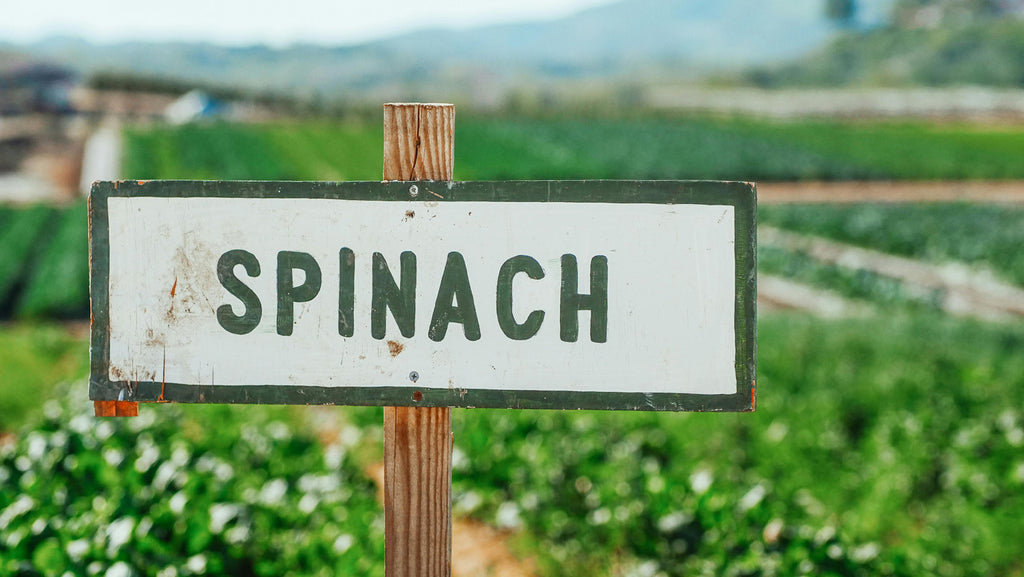
Spinat, mit seinen lebhaft grünen Blättern und seiner vielseitigen Natur, hat sich als beliebtes Gemüse in Küchen auf der ganzen Welt etabliert. Von seiner reichen Geschichte bis zu seinen zahlreichen gesundheitlichen Vorteilen und kulinarischen Einsatzmöglichkeiten ist Spinat ein Nährstoffkraftpaket, das eine genauere Betrachtung verdient. Tauchen wir ein in die faszinierende Welt des Spinats und erkunden seine Geschichte, den Anbau, die gesundheitlichen Vorteile, die kulinarischen Anwendungen und mehr.
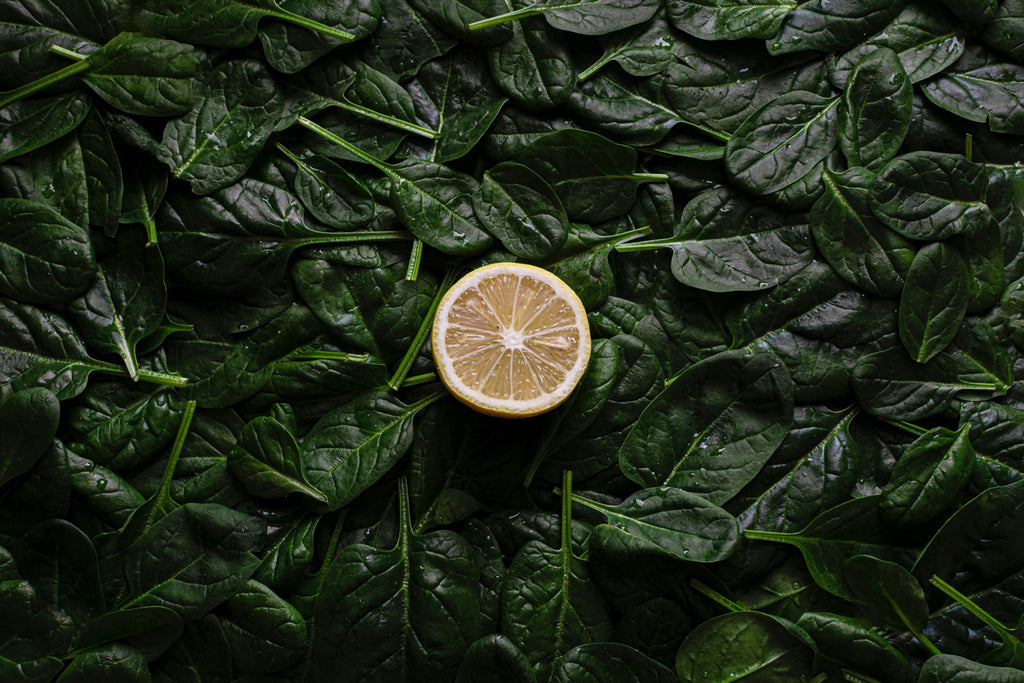
Eine kurze Geschichte
Spinat hat seinen Ursprung im alten Persien (dem heutigen Iran), wo er vor über 2.000 Jahren angebaut wurde. Später verbreitete er sich nach China, wo er als „persisches Gemüse“ bekannt war, bevor er im Mittelalter nach Europa gelangte. Spinat gewann in der mediterranen Küche an Beliebtheit und fand schließlich im 19. Jahrhundert seinen Weg nach Nordamerika. Heute wird er weltweit angebaut und geschätzt, wegen seines Nährwerts und seiner kulinarischen Vielseitigkeit.
Anbau und Wachstum
Spinat ist eine kühle Jahreszeitpflanze, die in gemäßigten Klimazonen gedeiht. Er bevorzugt gut durchlässigen Boden, der reich an organischer Substanz ist, und viel Sonnenlicht. Spinat kann aus Samen oder Setzlingen gezogen werden und wird typischerweise im frühen Frühling oder Spätsommer für eine Herbsternte gepflanzt. Regelmäßiges Gießen und ausreichender Abstand sind für gesunde Spinatpflanzen, die in etwa 6 bis 8 Wochen reifen, unerlässlich.
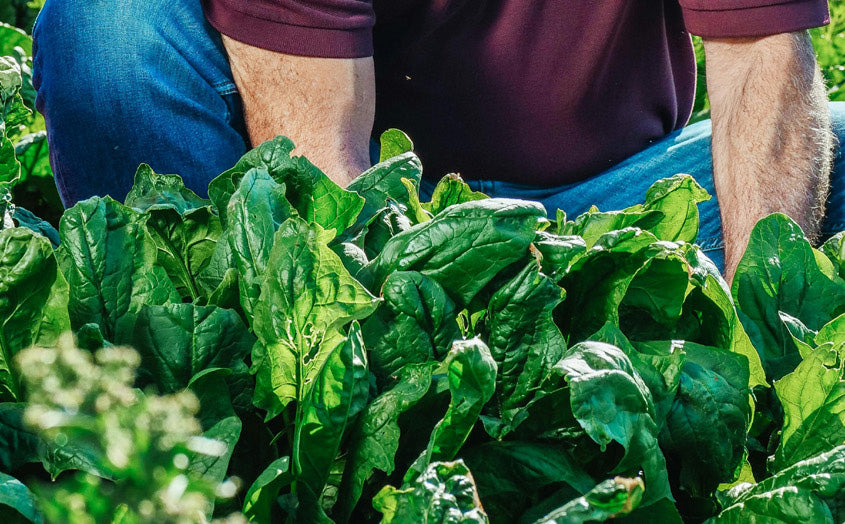
Spinatsorten
Spinat gibt es in verschiedenen Sorten, jede mit ihren eigenen einzigartigen Eigenschaften. Zu den gängigen Typen gehören Krausspinat mit gekräuselten Blättern, Glattblattspinat mit flachen, glatten Blättern und Halbkrausspinat, eine Hybridsorte mit leicht gekräuselten Blättern. Babyspinat, der jung und zart geerntet wird, ist ebenfalls beliebt wegen seines delikaten Geschmacks und seiner Textur.
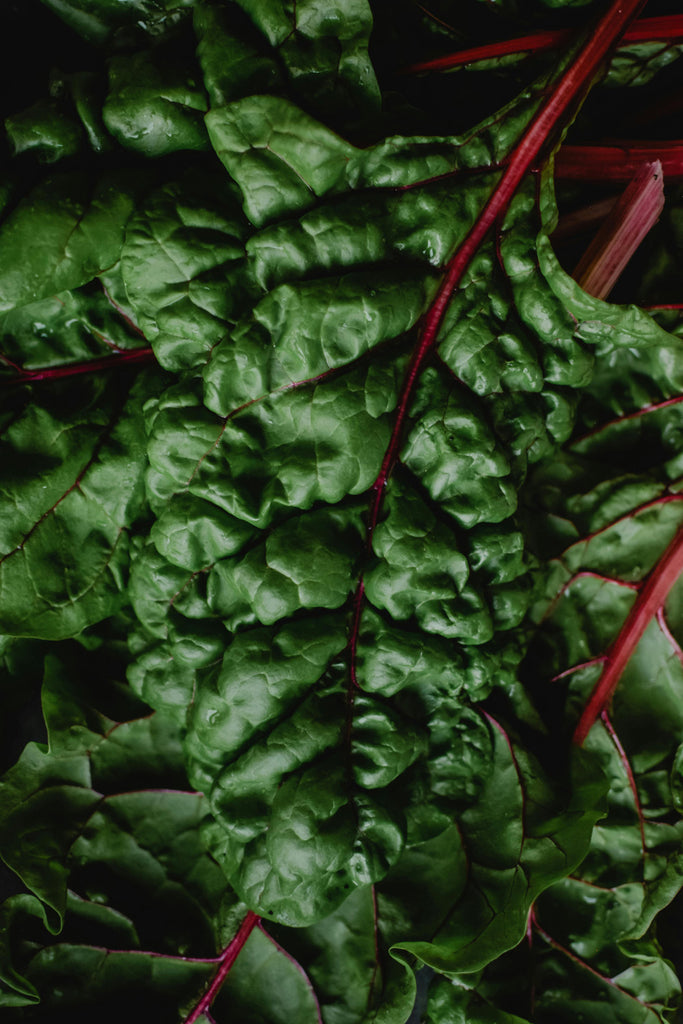
Gesundheitliche Vorteile
Spinat ist voller Nährstoffe und somit ein wahres Nährstoffkraftpaket. Er ist eine ausgezeichnete Quelle für die Vitamine A, C und K sowie für Folsäure, Eisen und Kalzium. Spinat ist außerdem reich an Antioxidantien, die helfen, Entzündungen und oxidativen Stress zu bekämpfen. Sein hoher Ballaststoffgehalt fördert die Verdauungsgesundheit, während sein niedriger Kaloriengehalt ihn zu einer gewichtsfreundlichen Option macht.
Frischer vs. gefrorener Spinat
Sowohl frischer als auch gefrorener Spinat haben ihre Vorteile beim Kochen. Frischer Spinat ist ideal für Salate, Sautés und Rezepte, bei denen seine zarte Textur gewünscht ist. Gefrorener Spinat hingegen ist praktisch für Suppen, Eintöpfe, Smoothies und Gerichte, bei denen der Spinat gekocht wird. Gefrorener Spinat ist auch eine bequeme Option, um Spinat außerhalb der Saison zu konservieren.
Kulinarische Anwendungen
Spinat eignet sich für eine Vielzahl kulinarischer Anwendungen, von einfachen Salaten bis zu komplexen Hauptgerichten. Er kann roh in Salaten oder Sandwiches genossen, als Beilage sautiert oder in Suppen, Eintöpfen, Quiches und Nudelgerichten verarbeitet werden. Spinat harmoniert gut mit Knoblauch, Zwiebeln, Tomaten, Käse, Nüssen sowie verschiedenen Kräutern und Gewürzen und verleiht Gerichten Geschmack und Nährwert.
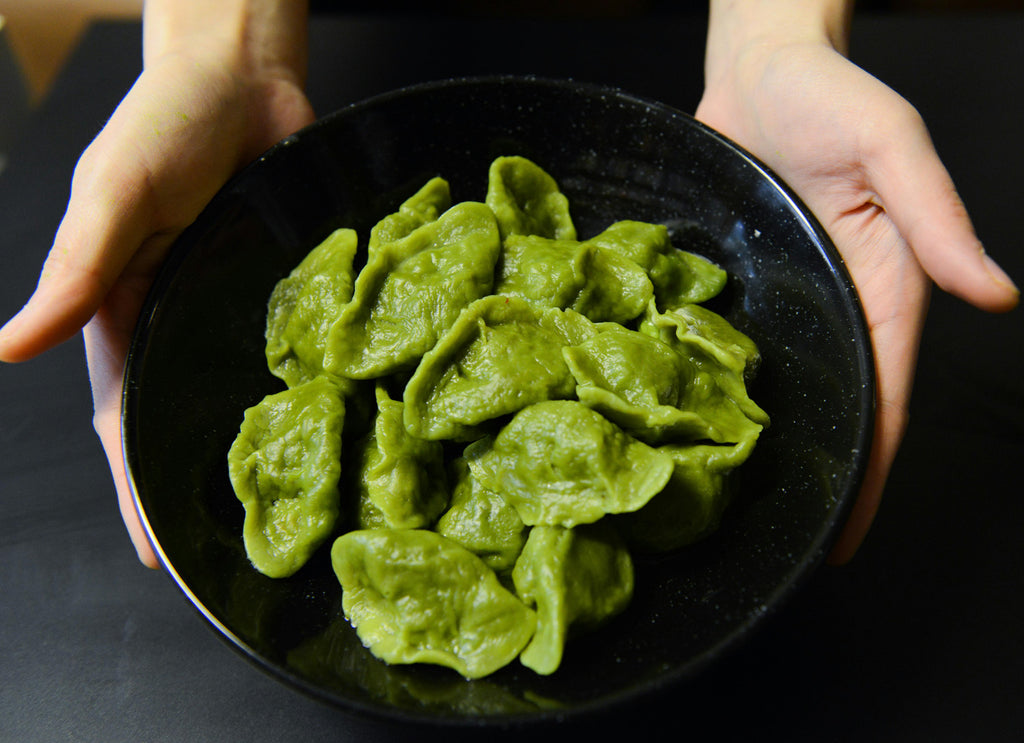
Beispiele für Gerichte mit Spinat
- Spinatsalat mit Erdbeeren, Feta-Käse und Balsamico-Vinaigrette
- Mit Spinat und Feta gefüllte Hähnchenbrust
- Spinat-Pilz-Quiche
- Cremiger Spinat-Artischocken-Dip
- Mit Spinat und Ricotta gefüllte Pastamuscheln
- Saag Paneer (indisches Spinatcurry mit Käse)
- Spanakopita (griechischer Spinatkuchen)
- Spinat-Linsensuppe

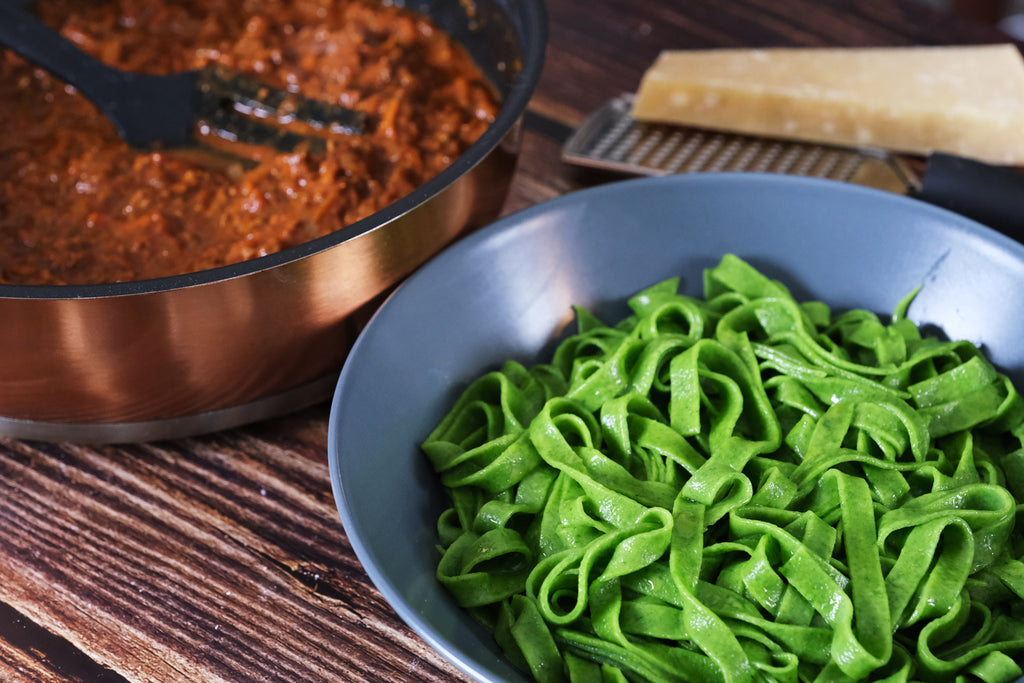
Kochtechniken
Spinat kann auf verschiedene Arten zubereitet werden, darunter Sautieren, Dämpfen, Kochen und Blanchieren. Zum Sautieren erhitzen Sie Olivenöl in einer Pfanne, fügen gehackten Knoblauch hinzu und braten ihn, bis er duftet. Geben Sie frische Spinatblätter dazu und garen Sie sie, bis sie zusammenfallen. Das Dämpfen bewahrt die Nährstoffe und die lebendige Farbe des Spinats, während Kochen oder Blanchieren ideal für Rezepte sind, die gekochten Spinat verlangen.
Lagerungstipps
Um Spinat frisch zu halten, bewahren Sie ihn ungewaschen in einem Plastikbeutel im Gemüsefach des Kühlschranks auf. Waschen Sie Spinat erst kurz vor der Verwendung, da überschüssige Feuchtigkeit ihn schnell verderben lässt. Für die Langzeitlagerung blanchieren Sie frischen Spinat, drücken überschüssiges Wasser aus und frieren ihn in luftdichten Behältern oder Gefrierbeuteln bis zu sechs Monate ein.

Zusammenfassung
Spinat ist nicht nur ein nährstoffreiches Kraftpaket, sondern auch eine vielseitige und geschmackvolle Zutat, die vielen Gerichten Tiefe und Lebendigkeit verleiht. Ob roh in Salaten genossen, gekocht in Suppen und Eintöpfen oder in Smoothies gemixt – Spinat bietet unzählige kulinarische Möglichkeiten. Wenn Sie seine Geschichte, den Anbau, die gesundheitlichen Vorteile und die kulinarischen Anwendungen verstehen, können Sie das grüne Wunder Spinat in all seiner Pracht voll und ganz schätzen. Also, wenn Sie das nächste Mal in der Küche stehen, nutzen Sie die Vielseitigkeit von Spinat und lassen Sie sich von seinen lebhaft grünen Blättern zu Ihren kulinarischen Kreationen inspirieren.
Verwandte Themen:















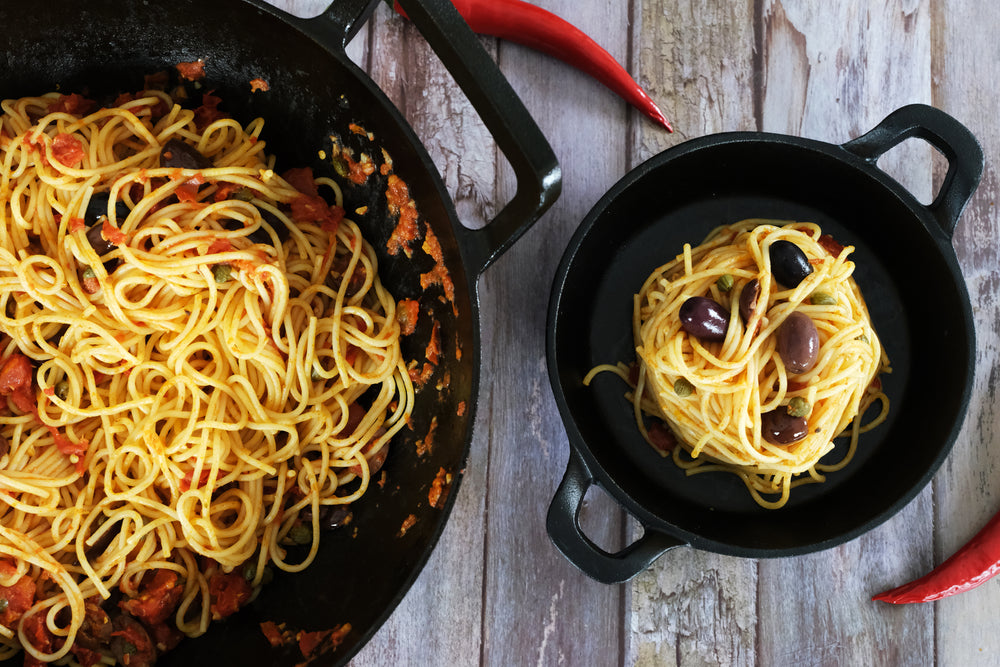
Einen Kommentar hinterlassen